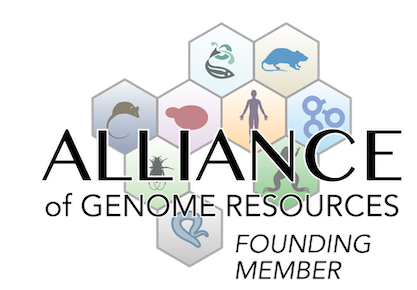behavior/neurological
|
• in the novel object recognition test the discrimination index for the novel object is still lower at 24 hours after training when assays are performed at ZT14-16 but not at ZT02-04
|
|
• in the Y-maze, mice show lower alternation when done at Zt14-16, but not at ZT02-04
• treatment with SCH23390 during ZT14-16 rescues the impaired memory
|
|
• in the novel object recognition test, mice are not able to discriminate the novel object as well as wild-type mice at 1 hour after training regardless of whether the assays were performed at ZT14-16 or ZT02-04
• treatment with SCH23390 during ZT14-16 rescues the impaired learning
|
|
• in the tail suspension test and forced swim test, mice are less despairing as shown my reduced immobile time during ZT14-16 but no differences at ZT02-04 indicating reduced depression-like behaviors in a circadian time-dependent manner
• treatment with SCH23390 during ZT14-16 normalizes the reduced immobility time in the tail suspension test but has no effect in the forced swim test
|
|
• during both ZT02-04 and ZT14-16 periods, mice show a higher percentage of distance traveled in the center zone of the open field test, indicating a reduced anxiety-like behavior
• in the elevated plus maze performed during ZT14-16, mice spend more time in the open arms and the latency to the open arms is shorter indicating reduced anxiety-like behavior in a circadian time-dependent manner
• treatment with SCH23390 during ZT14-16 normalizes the reduced anxiety-like behaviors
|
|
• in the novel object recognition test, mice are not able to discriminate the novel object as well as wild-type mice at 1 hour after training regardless of whether the assays were performed at ZT14-16 or ZT02-04 and the discrimination index is still lower at 24 hours after training when assays are performed at ZT14-16 but not at ZT02-04
|
|
• mice exhibit impulsivity, with mice spending more time and traveling longer distances in the lit box in light-dark transition tests
• in the elevated plus maze performed during ZT14-16, mice spend more time in the open arms and the latency to the open arms is shorter indicating reduced anxiety-like behavior in a circadian time-dependent manner
|
|
• during both zeitgeber time (ZT)02-04 (ZT is measured in hours after the light has been turned on in a 12-hour light/dark cycle) and ZT14-16 periods, mice travel longer distances and cross more zones that wild-type mice in the open field test indicating hyperactivity
• in the Y-maze, the total number of arm entries are higher
• mice travel longer distance in the elevated plus maze
• treatment with the DRD1 antagonist SCH23390 during ZT14-16 rescues the hyperactivity
• however, mice show no difference in the free-running periods under constant darkness
|
nervous system
|
• dopamine D1 receptor-expressing medium spiny neurons (DRD1+ MSNs) exhibit higher action potential firing frequency and depolarizing resting membrane potential than wild-type controls
• however, no difference is seen in non-dopamine D1 receptor-expressing medium spiny neurons (DRD1- MSNs)
• DRD1+ MSNs show a decrease of rheobase indicating hyperexcitability, however this hyperactivity is not attributed to the change of cell input resistance
|
Mouse Models of Human Disease |
DO ID | OMIM ID(s) | Ref(s) | |
| attention deficit hyperactivity disorder | DOID:1094 |
OMIM:143465 OMIM:608903 OMIM:608904 OMIM:608905 OMIM:608906 OMIM:612311 OMIM:612312 |
J:371309 | |



 Analysis Tools
Analysis Tools